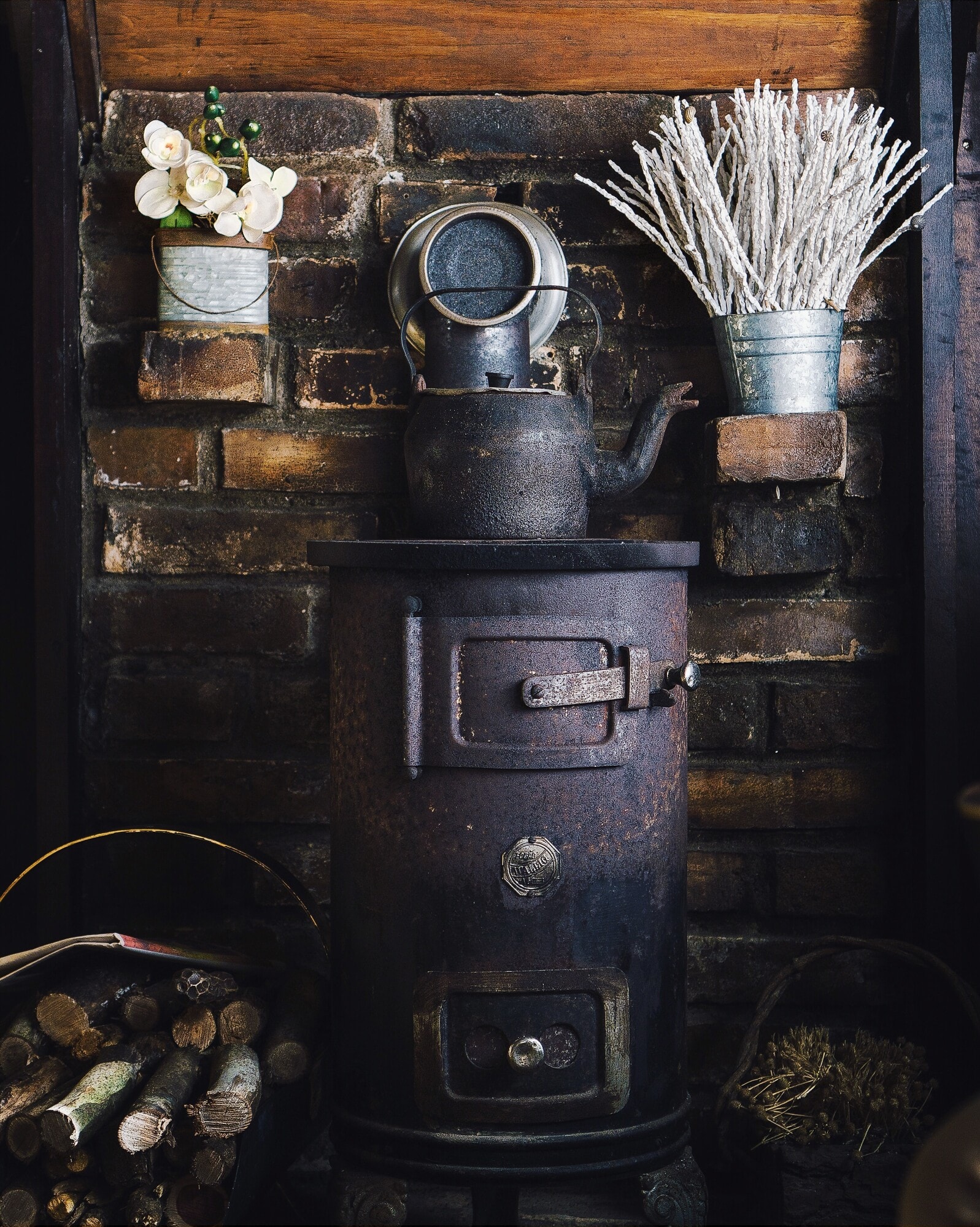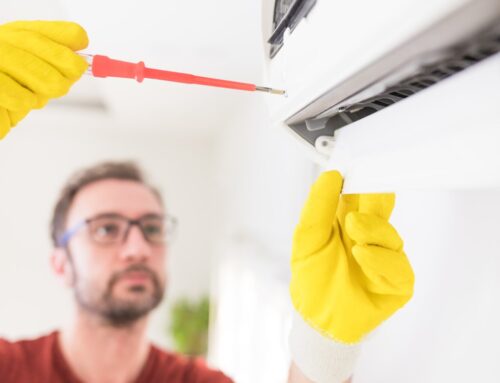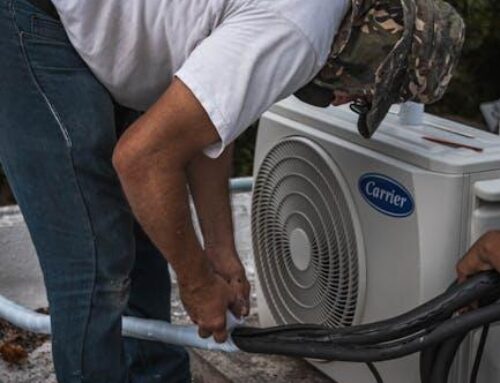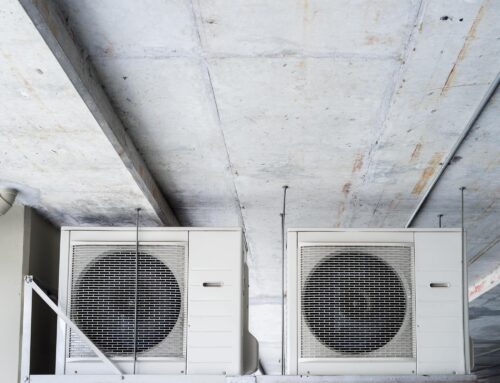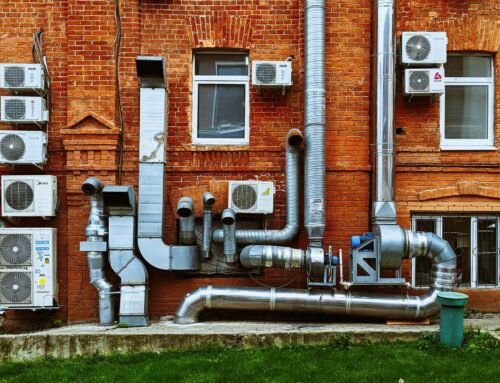Anyone who lives in a colder climate will ensure that you don’t want to experience furnace problems during winter. Even the most benign furnace issues can leave you shivering and piling on blankets until help arrives.
Many of us tend to either take our functioning furnaces for granted and forget about them altogether — right up to the point where their malfunctioning inconveniences us, that is.
What are these common furnace issues? And how hard is fixing a furnace when problems occur? That’s what we’re here to discuss. So keep reading to learn more.
1. A Malfunctioning Thermostat
First, try replacing the batteries (if the device uses them). If that doesn’t work, check for debris or corrosion, and be sure it’s placed properly. If all else fails, install a new thermostat.
2. A Dirty or Clogged Filter
Furnace not working? It could be that you’re using the same filter for longer than recommended can lead to furnace problems like overheating (and shutting down) scant heat production. This furnace repair is easy: replace the filter.
3. A Tripped Circuit Breaker
It’s not hard to reset a tripped circuit, but it’s best to call an HVAC or electrical technician if resetting the circuit doesn’t solve the issue.
A circuit breaker’s purpose is to shut off a circuit when there’s a problem on the line. HVAC or electrical technician
4. Malfunctioning Electronic Ignition or Pilot
Most of today’s furnaces use hot surface igniters (HSI). HSIs are delicate instruments, though relatively inexpensive to replace. If yours fails, it might have reached the end of its life.
5. Continuous Cycling
Repetitive furnace cycling can have one of several causes. These include:
- Low airflow
- Malfunctioning thermostat
- Dirty or corroded flame sensor
- Broken blower motor
- Debris in the flue pipe
- A furnace that’s too large for the amount of space
Given the multiple possibilities, you might want to call an HVAC service technician to diagnose the problem and begin the furnace repair
6. Grinding or Scraping Sound
There’s a good chance this problem is due to a malfunctioning blower motor, which can disable an otherwise fully functional furnace (and the rest of the HVAC system).
Unless you are an extremely competent furnace repair amateur, the job of repairing or replacing a blower motor should go to an HVAC technician.
7. Cracked Heat Exchanger
Most of the time, heat exchangers will crack from overheating—which can signal a larger problem with the furnace. A cracked heat exchanger itself presents a possible risk of carbon monoxide release and other issues.
Thus, it’s essential to know the signs of a cracked heat exchanger so that you can contact your HVAC company. These signs include:
- A flickering yellow flame
- A strong and unpleasant odor
- A furnace that generates a lot of soot
- Water collecting close to the furnace
- Corroded and cracking furnace components
Don’t waste time notifying your HVAC company. With a cracked heat exchanger, your furnace, maybe even your health and safety could be in danger.
Regular Maintenance Helps Prevent Furnace Problems
In the introduction, we said that neglecting furnace maintenance can lead to furnace problems. We hope you understand better now what some of those problems could be. Some are easily fixed, but others can be quite damaging.
That’s why there are professionals trained and experienced at identifying and resolving the issues causing broken furnaces. Or maintaining the furnace to prevent the problems in the first place!
So if your furnace is not working and you can’t readily fix it on your own, contact us right away—before things get worse and the harm or damage becomes irreparable.

